Dell, Microsoft Back CNEX Labs’ $23M Series D Round
 The company makes solid-state drive (SSD) controllers and software for cloud and hyperscale data centers.
The company makes solid-state drive (SSD) controllers and software for cloud and hyperscale data centers.
A Tour Inside Cloudflare’s G9 Servers
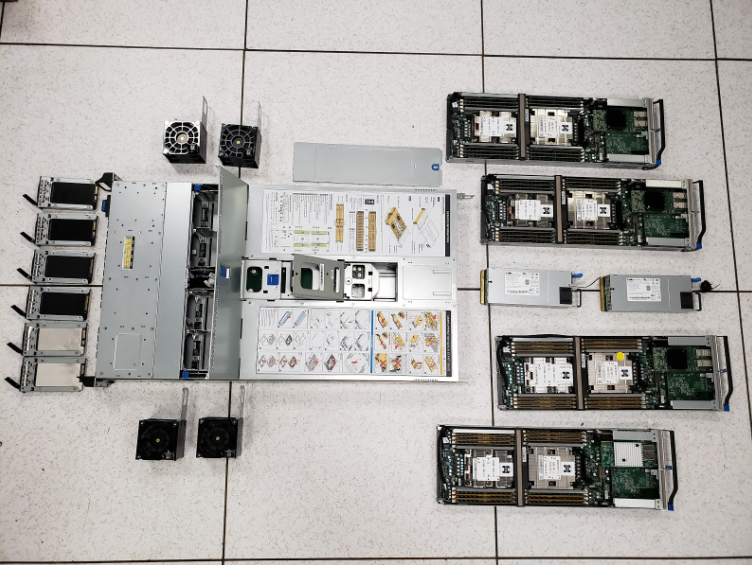
Cloudflare operates at a significant scale, handling nearly 10% of the Internet HTTP requests that is at peak more than 25 trillion requests through our network every month. To ensure this is as efficient as possible, we own and operate all the equipment in our 154 locations around the world in order to process the volume of traffic that flows through our network. We spend a significant amount of time specing and designing servers that makes up our network to meet our ever changing and growing demands. On regular intervals, we will take everything we've learned about our last generation of hardware and refresh each component with the next generation…
If the above paragraph sounds familiar, it’s a reflecting glance to where we were 5 years ago using today’s numbers. We’ve done so much progress engineering and developing our tools with the latest tech through the years by pushing ourselves at getting smarter in what we do.
Here though we’re going to blog about muscle.
Since the last time we blogged about our G4 servers, we’ve iterated one generation each of the past 5 years. Our latest generation is now the G9 server. From a G4 server comprising 12 Intel Continue reading
Red Hat OpenShift Update Is Heavy on Integration of CoreOS Features
 The CoreOS integration work will culminate with the next OpenShift 4.0 update. That platform will sit alongside Red Hat’s legacy Enterprise Linux and provide users with a choice of operating systems.
The CoreOS integration work will culminate with the next OpenShift 4.0 update. That platform will sit alongside Red Hat’s legacy Enterprise Linux and provide users with a choice of operating systems.
History Of Networking – Jana Iyengar – QUIC
Outro Music:
Danger Storm Kevin MacLeod (incompetech.com)
Licensed under Creative Commons: By Attribution 3.0 License
http://creativecommons.org/licenses/by/3.0/
The post History Of Networking – Jana Iyengar – QUIC appeared first on Network Collective.
Juniper Jumps On the Automation Bandwagon With EngNet
 The company says its approach is different from Cisco’s because it is focused on training the engineers behind the technology, not just releasing new products.
The company says its approach is different from Cisco’s because it is focused on training the engineers behind the technology, not just releasing new products.
Mapping Factorio with Leaflet
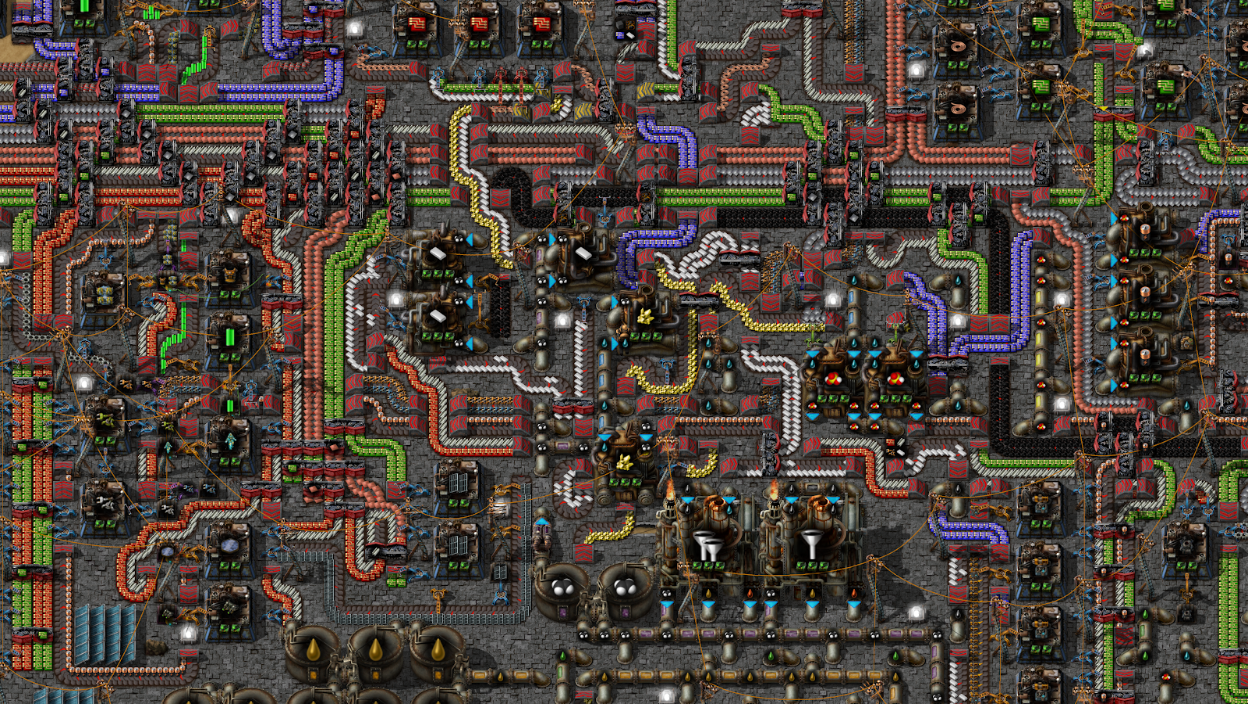
The following is a guest post by Jacob Hands, Creator of FactorioMaps.com. He is building a community site for the game Factorio centered around sharing user creations.
Factorio is a game about building and maintaining factories. Players mine resources, research new technology and automate production. Resources move along the production line through multiple means of transportation such as belts and trains. Once production starts getting up to speed, alien bugs start to attack the factory requiring strong defenses.
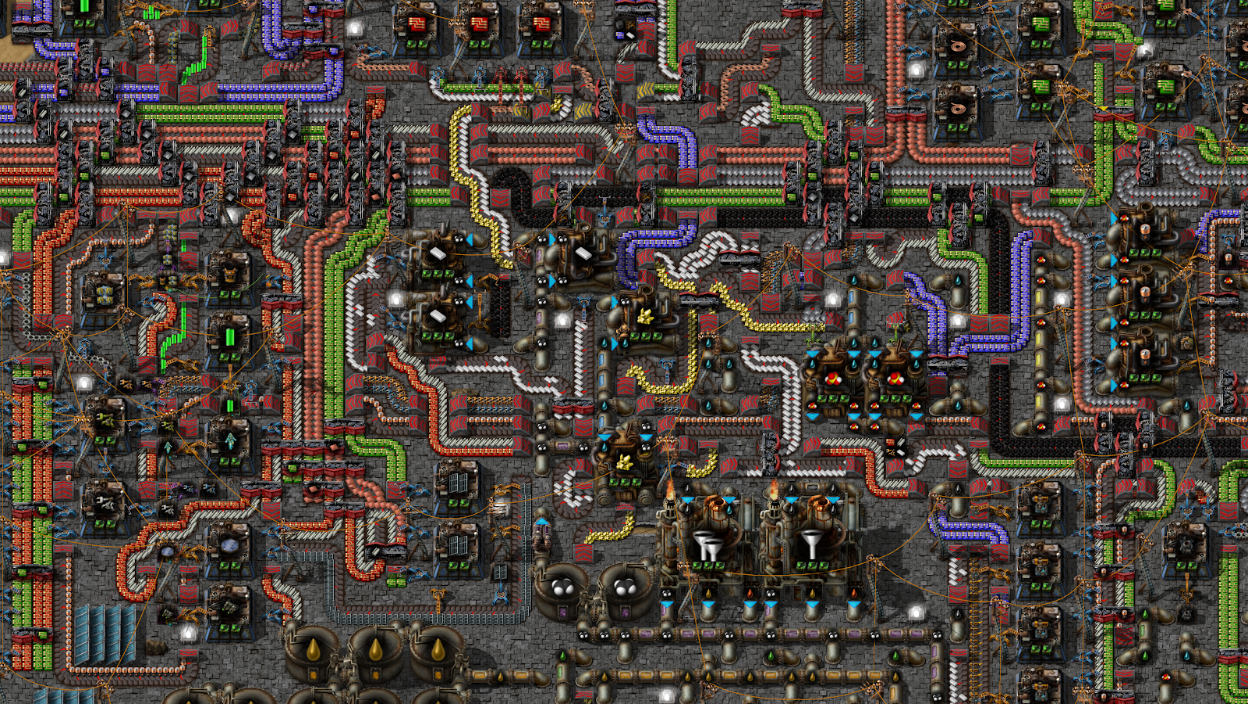
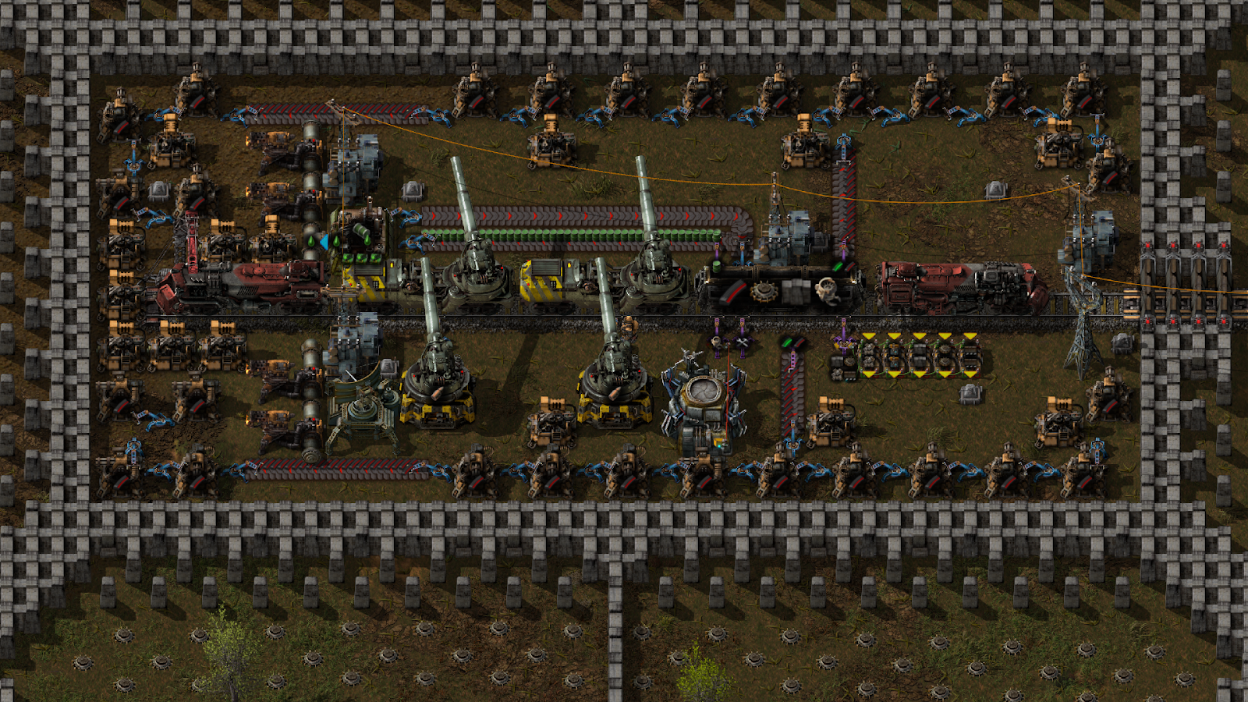
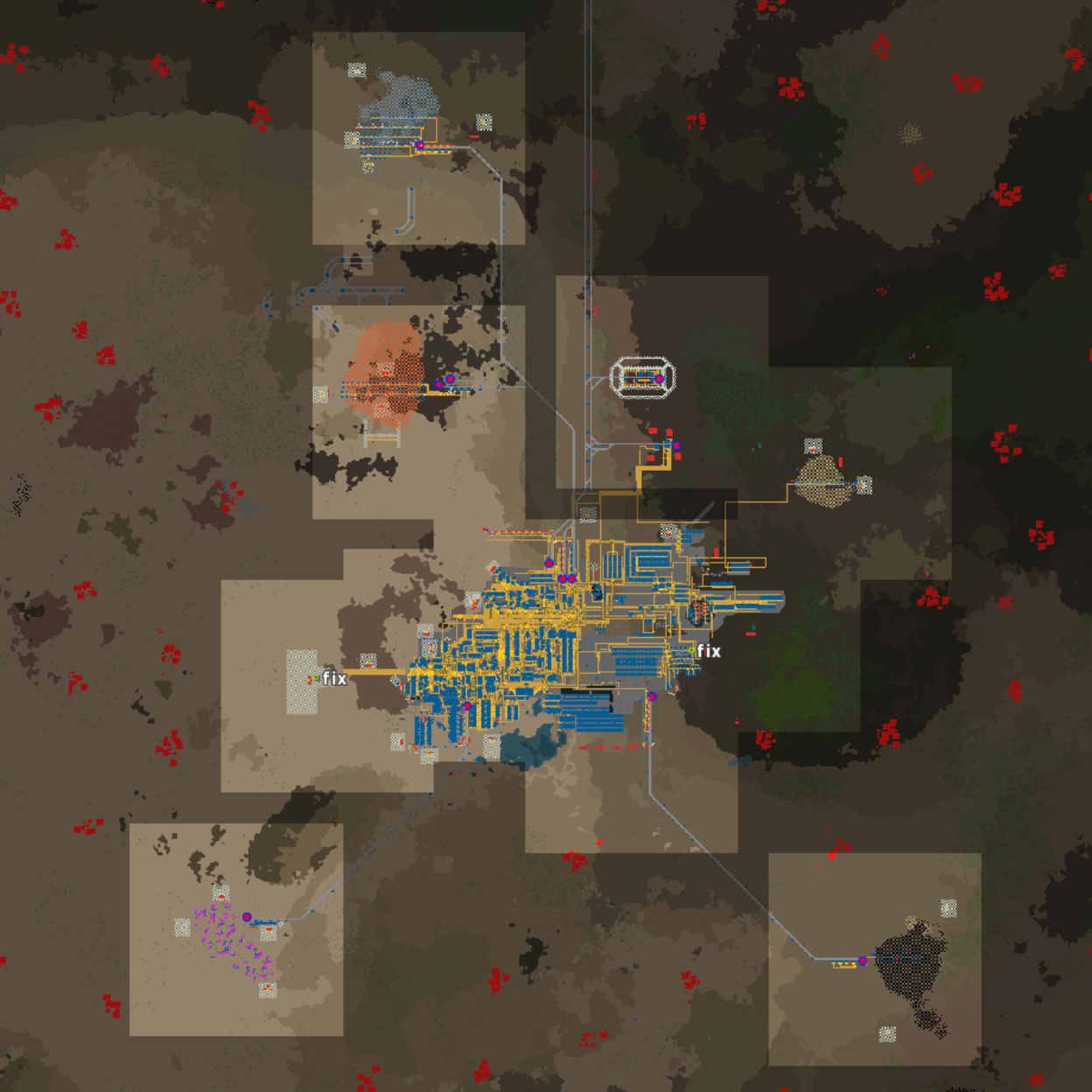
At FactorioMaps.com, I am building a place for the community of Factorio players to share their factories as interactive Leaflet maps. Due to the size and detail of the game, it can be difficult to share an entire factory through a few screenshots. A Leaflet map provides a Google Maps-like experience allowing viewers to pan and zoom throughout the map almost as if they are playing the game.
Hosting
Leaflet maps contain thousands of small images for X/Y/Z coordinates. Amazon S3 and Google Cloud Storage are Continue reading
Africa Is on a Steady Journey to Digital Transformation

The world has seen Africa’s digital future advancing by leaps and bounds in the adoption and use of information and communication technologies (ICTs) in the private and public sectors. What makes this more interesting and promising, is the level of investment and growth of women Engineers in recent years making headlines.
The Gambia has seen much of these developments in recent years with examples of inspiring women Engineers like Mrs Anna Secka Saine who has contributed in building many backbone Networks in Africa such as, Internet eXchange Points (IXPs), National Research and Education Networks (NRENs), and, as well helped trained many young and Professionals engineers.
We have also seen rise in the number of Computer Science clubs, after school coding, summer coding camps, Robotic clubs among others, which all projects the level of awareness and interest.
In August, two brilliant young Gambian High School science students, Sera Momodou Ndure and Ajie Isatou Ceesay from Marina International School (MIS) and West African International School (WAIS) respectively represented The Gambia at the Africa Girls Can Code Initiative (AGCCI2018) in Addis Ababa, Ethiopia.

The Africa Girls Can Code Initiative (AGCCI) 2018-2022 is an Africa Wide Initiative being developed and implemented by the U Continue reading
Too Many Choices! Picking the Right PoE for Your Application
Selecting a PoE power source for a powered device can be challenging since there are many options. Here is a brief overview to help you narrow down your choices and make the right decision.
Leaf-and-Spine Fabric Myths (Part 2)
The next set of Leaf-and-Spine Fabric Myths listed by Evil CCIE focused on BGP:
BGP is the best choice for leaf-and-spine fabrics.
I wrote about this particular one here. If you’re not a BGP guru don’t overcomplicate your network. OSPF, IS-IS, and EIGRP are good enough for most environments. Also, don’t ever turn BGP into RIP with AS-path length serving as hop count.
Read more ...Docker Certified Plugins From Networking Partners

The Docker Certified Technology Program is designed for ecosystem partners and customers to recognize Containers and Plugins that excel in quality, collaborative support and compliance. Docker Certification gives organizations enterprises an easy way to run trusted software and components in containers on the Docker Enterprise container platform with support from both Docker and the publisher.
In this review, we’re looking at Docker Network Plugins. Networking has long been a vertical in the enterprise cloud and data center that has no shortage of complexity. Just as an overarching goal of Docker Enterprise is to make deploying and operating containers as simple as possible, the same goal applies to making Swarm networking as simple as possible. This powerful abstraction of complexity, is applicable regardless of whether in the customers data center or spread across multiple clouds. In some cases Docker Enterprise solves customer problems by shipping built-in plugins and in other scenarios the user’s needs are solved by innovations from the extensive Docker ecosystem. These solutions are validated by both Docker and the partner company and integrated into a seamless support pipeline that provide customers the world class support they have become accustomed to when working with Docker.
Check out the Continue reading
Salt Use Cases for Cumulus Linux
A talking point I often lean on when speaking to customers is, “It’s Linux, so use whatever tool you like.” This approach can be especially paralyzing for customers that are just getting started with automating their network and compute infrastructure in a uniform way. In those particular situations, diving into the numerous articles that pit the various automation tools against each other can be counterproductive. Instead, I often find the most value in looking at a few examples of a particular tool in action that is addressing a use case which is relevant to me, while following along hands-on.
Salt frequently comes up as one of the options in the infrastructure configuration management conversation, however its main differentiator is the message bus architecture and the ability to react to events in real time. While that sounds a bit abstract, the main question we should be asking ourselves is how will this simplify the day to day management of my infrastructure? In this post, we’ll step through getting the configuration on a couple Cumulus switches under full management with Salt, and end with a practical event-based workflow for adding and replacing devices in our infrastructure.
Configuration Management
In a previous Continue reading